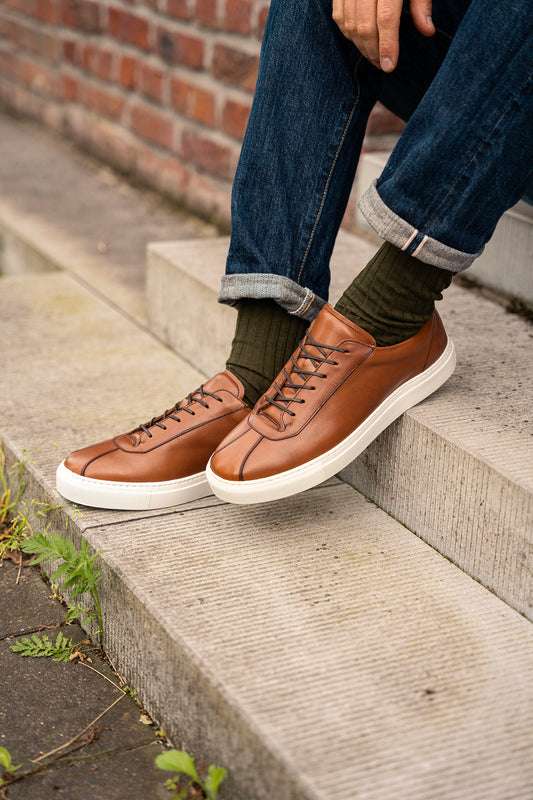
Shoes are an essential part of everyday life, providing protection and support for our feet as we go about our daily activities. But have you ever stopped to think about the science behind these seemingly simple items?
What materials are shoes made of?
Shoes are typically made from a variety of materials, including leather, rubber, and synthetic fabrics. These materials are chosen for their durability, flexibility, and ability to provide cushioning and support for the feet.
How do shoes protect our feet?
Shoes protect our feet from the elements, sharp objects, and rough surfaces. The soles of shoes are designed to provide traction to prevent slipping, while the uppers protect the top of the foot from injury. Additionally, the cushioning in the insole helps to absorb shock and reduce impact on the joints.
Why is it important to choose the right shoe for the activity?
Choosing the right shoe for the activity is crucial to prevent injury and ensure comfort. Running shoes, for example, are designed with extra cushioning and support to absorb the impact of each stride, while hiking boots provide ankle support and traction for rough terrain. Wearing the wrong shoe for an activity can lead to discomfort, blisters, and even long-term foot problems.
How often should shoes be replaced?
Shoes should be replaced regularly to ensure they continue to provide adequate support and protection for the feet. The lifespan of a shoe depends on factors such as the materials used, the frequency of wear, and the type of activity it is used for. As a general rule of thumb, running shoes should be replaced every 300-500 miles, while dress shoes may last longer if they are well cared for.
Next time you slip on your favorite pair of shoes, take a moment to appreciate the science and technology that goes into creating these everyday essentials.



